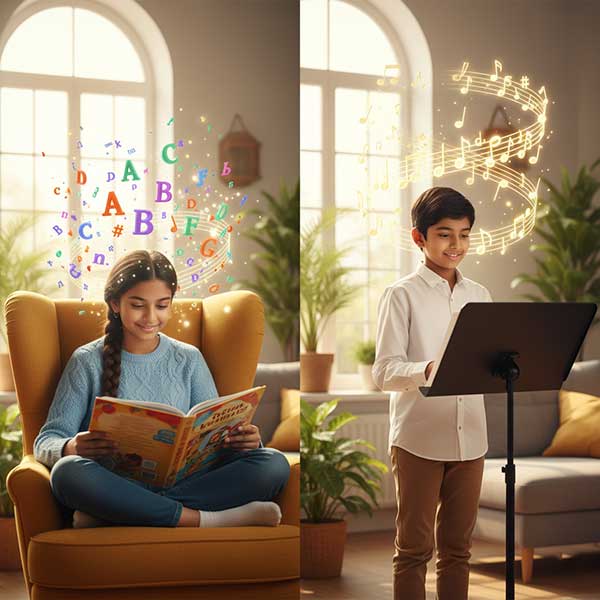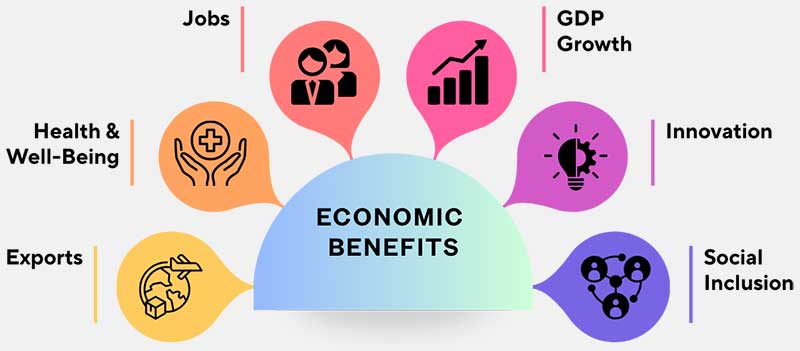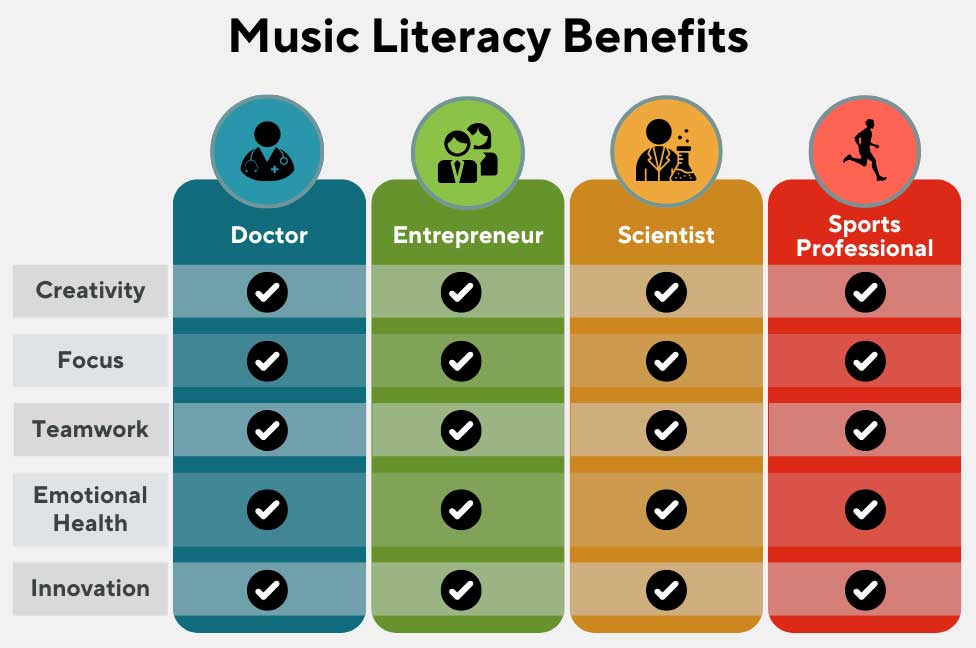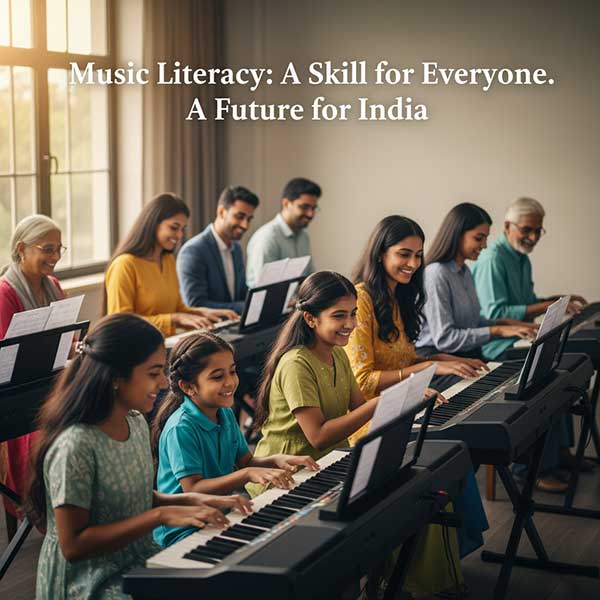Why Music Literacy Matters in Today’s World
Just as the ability to read and write transformed societies during the Information Age, the ability to read, write, understand, and create music is emerging as a defining skill in the Creative Economy. Music literacy is not about becoming a professional musician—it is about becoming fluent in the language of music, a skill that strengthens cognition, enhances creativity, and drives measurable economic value.
In India, where the National Education Policy (NEP 2020) calls for arts-integrated holistic learning, and where the National Skills Qualification Framework (NSQF) is validating employable skills, music literacy stands at the intersection of culture, skills, and economic growth.
What is Music Literacy?
Music literacy goes beyond playing an instrument or singing. It is the ability to fluently read, write, and communicate musical ideas, just as language literacy enables us to express thoughts and stories.
Core Components of Music Literacy:
- Reading & Writing Notation – Understanding staff notation, rhythm, scales, harmony, dynamics, and musical symbols.
- Listening & Comprehension – Recognizing pitch, rhythm, harmony, timbre, and diverse form when hearing music.
- Performance Skills – Applying knowledge on instruments, voice, or digital tools to express musical ideas as a form of personal and cultural expression.
- Creation & Improvisation – Composing, arranging, or improvising music.
- Critical Appreciation – Analyzing music across genres, cultures, and history, much like literary appreciation in language.
- Digital Music Literacy – In today’s world, also includes using music technology: Using DAWs (Digital Audio Workstations), AI-powered composition tools, and online collaboration platforms.
In short: Music literacy is fluency in the universal language of music.




